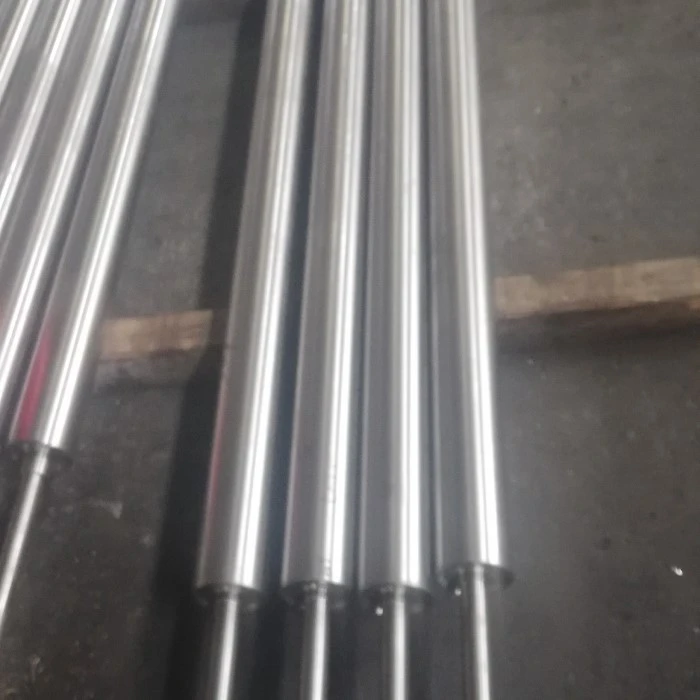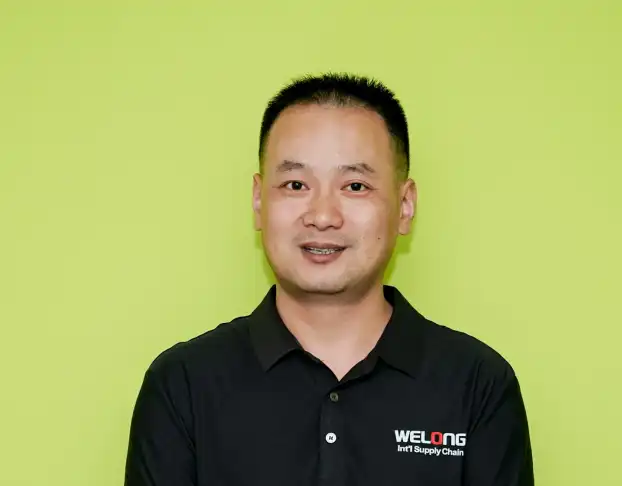Advancements in Materials Science for Furnace Roll Manufacturing
High-Performance Alloys
The development of high-performance alloys has significantly impacted the manufacturing of furnace rolls by providing materials that can endure extreme conditions typical of high-temperature industrial processes. High-performance alloys, particularly those based on nickel, cobalt, and iron, are engineered to offer enhanced resistance to heat, corrosion, and mechanical stress. These alloys maintain their structural integrity even under the most demanding conditions, making them indispensable in industries such as aerospace, power generation, and metallurgy.
Nickel-based superalloys are among the most commonly used materials in the manufacture of furnace rolls due to their outstanding ability to withstand high temperatures without compromising strength. These superalloys typically contain significant amounts of chromium, aluminum, and other elements that provide both heat resistance and corrosion resistance. The primary advantage of nickel-based superalloys is their ability to retain mechanical strength and resist thermal degradation at temperatures that exceed 1000°C, which is common in furnace operations. This makes them particularly well-suited for applications where temperature fluctuations are severe, such as in furnace rolls used for high-temperature heating, heat treating, or continuous casting operations.
Ceramic Matrix Composites
Ceramic matrix composites (CMCs) are emerging as a game-changer in furnace roll production. These materials combine the high-temperature capabilities of ceramics with the toughness of composite structures, resulting in furnace rolls that can operate at temperatures exceeding 1200°C. CMCs offer excellent thermal shock resistance and reduced weight compared to traditional metal alloys, making them attractive for various high-temperature applications.
Surface Coatings and Treatments
Innovative surface coatings and treatments are being applied to enhance the performance and longevity of furnace rolls. Thermal barrier coatings, for example, provide an additional layer of protection against high temperatures and corrosive environments. Plasma-sprayed coatings and diffusion aluminide coatings are gaining traction for their ability to improve oxidation resistance and extend the service life of furnace rolls in demanding industrial settings.
Integration of Smart Technologies in Furnace Roll Design
Embedded Sensors for Real-Time Monitoring
The incorporation of embedded sensors in furnace rolls represents a significant advancement in predictive maintenance and process optimization. These sensors can monitor critical parameters such as temperature, pressure, and vibration in real-time, providing valuable data for assessing roll performance and detecting potential issues before they lead to failures. This proactive approach to maintenance helps minimize unexpected downtime and extends the operational life of furnace rolls.
IoT and Data Analytics
The Internet of Things (IoT) is revolutionizing furnace roll manufacturing by enabling seamless connectivity and data exchange. IoT-enabled furnace rolls can transmit performance data to centralized systems, allowing for comprehensive analysis and informed decision-making. Advanced analytics and machine learning algorithms can predict maintenance needs, optimize operating conditions, and improve overall process efficiency, leading to significant cost savings and increased productivity.
Digital Twin Technology
Digital twin technology is gaining prominence in furnace roll design and manufacturing. By creating virtual replicas of physical furnace rolls, engineers can simulate various operating conditions, predict performance, and optimize designs before physical production. This approach significantly reduces development time and costs while ensuring that the final product meets specific performance requirements for different industrial applications.
Innovative Manufacturing Techniques for Furnace Rolls
Additive Manufacturing
Additive manufacturing, or 3D printing, is revolutionizing the production of complex furnace roll components. This technology allows for the creation of intricate internal structures and optimized geometries that were previously impossible or cost-prohibitive to manufacture using traditional methods. Additive manufacturing enables the production of lightweight yet strong furnace rolls with improved heat transfer characteristics and enhanced performance in specific applications.
Hybrid Manufacturing Processes
Hybrid manufacturing processes, combining additive and subtractive techniques, are emerging as a versatile approach to furnace roll production. These processes leverage the benefits of both methods, allowing for the creation of complex geometries through additive manufacturing, followed by precision machining to achieve tight tolerances and superior surface finishes. This approach offers greater design flexibility and can result in furnace rolls with optimized performance characteristics.
Near Net Shape Manufacturing
Near net shape manufacturing techniques are gaining traction in furnace roll production due to their ability to reduce material waste and processing time. Methods such as powder metallurgy and hot isostatic pressing (HIP) allow for the creation of furnace rolls with shapes very close to the final desired geometry, minimizing the need for extensive machining. This approach not only reduces production costs but also improves the overall quality and consistency of furnace rolls.
In conclusion, the latest trends in furnace roll manufacturing are driven by the need for improved performance, durability, and efficiency in various industrial applications. From advanced materials and smart technologies to innovative manufacturing techniques, these developments are reshaping the landscape of furnace roll production. As industries continue to demand higher performance and reliability from their equipment, manufacturers must stay at the forefront of these trends to remain competitive. For more information on cutting-edge furnace roll solutions and custom metal parts for various industries, please contact us at info@welongpost.com.




